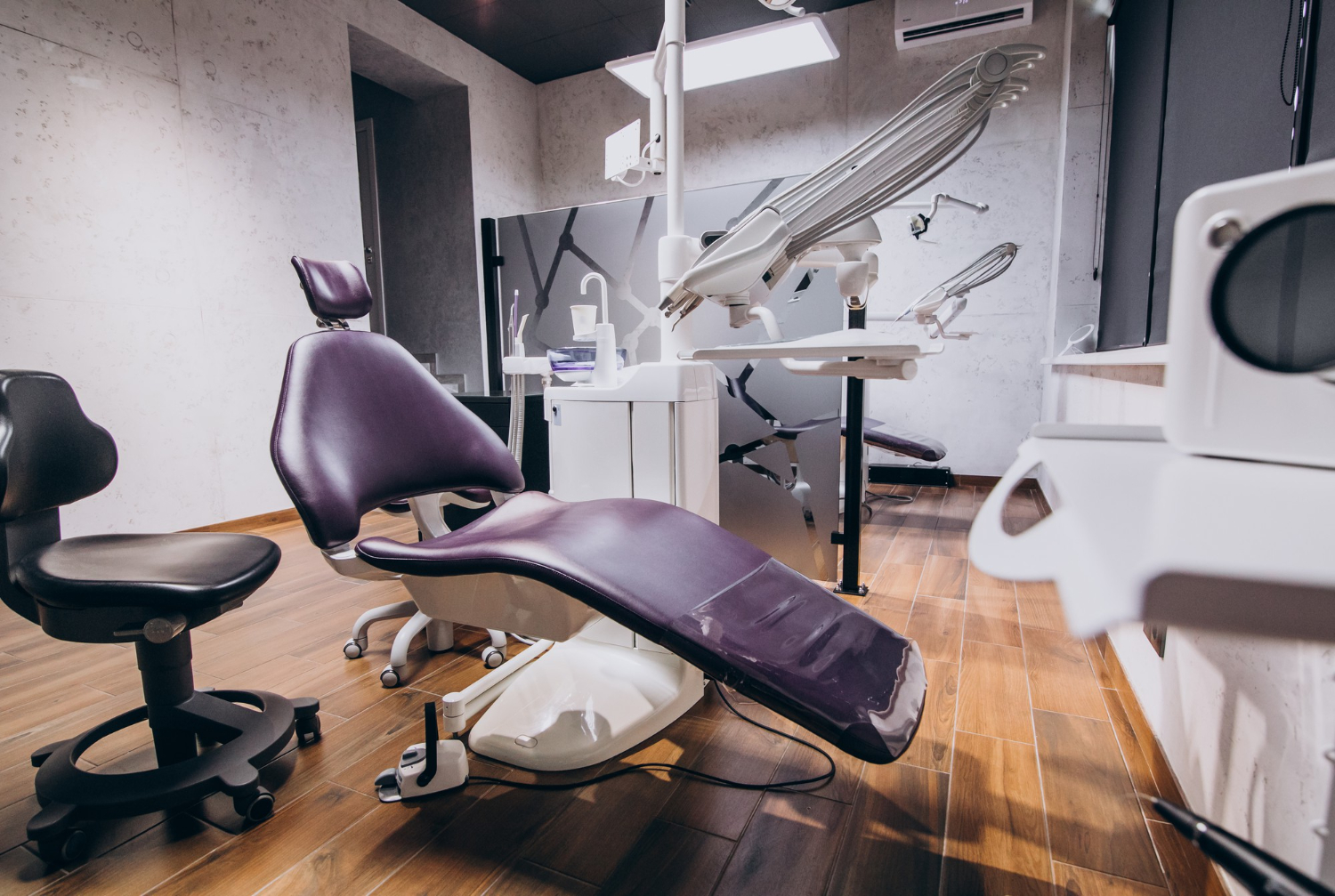Choosing the right dentist can make a big difference in how you maintain your oral health. Many people underestimate the value of sticking with a local dental practice, but it’s more than just convenience—it’s about building trust, receiving personalized care, and ensuring your dental needs are always met on time. This guide dives into some of the surprising benefits of choosing a local dentist for effective care.
Personalized Attention During Every Dental Checkup with a Local Dentist
A local dentist often has a smaller, more focused patient base, which allows them to give each person the attention they deserve. Unlike larger clinics, where you might feel like just another name on a list, a local dentist can take the time to address your concerns thoroughly. Whether it’s a routine dental checkup or a more complex procedure, you can trust that a dentist knows your unique needs and preferences.
Personalized care also extends to building a relationship with your dentist. Over time, we remember your dental history and any specific sensitivities or anxieties you have. This kind of connection makes every dental checkup more comfortable and ensures that you’re always receiving tailored recommendations for your oral health.

Access to Quick Appointments for Dental Emergencies When You Need Them Most
Dental emergencies don’t wait for a convenient time to strike. Whether it’s a cracked tooth or sudden pain, being able to see a dentist quickly is vital. A local dentist is often better equipped to offer same-day or next-day appointments, saving you from prolonged discomfort. Our proximity means you don’t have to travel far, which is especially important when time is of the essence.
By choosing a dentist close to home, you also benefit from a responsive team that prioritizes your needs. A quick response to dental emergencies can prevent a small issue from turning into a major problem. With a local practice, you won’t need to navigate long waitlists or feel like your concerns are being brushed aside.
Consistent Care from a Local Practice That Knows Your Dental History
Consistency is key when it comes to maintaining good oral health. A local dentist who sees you regularly can keep track of your dental history, monitor changes over time, and notice early signs of potential problems. This familiarity helps them provide the best care, as they know what treatments have worked for you in the past and what areas might need extra attention.
Having a professional who knows your history also simplifies the process during each visit. There’s no need to repeat your medical background or explain previous treatments—we already have it covered. This ongoing relationship builds trust and ensures you feel confident in the care you’re receiving.
Preventing Bigger Issues with Regular Dental Checkups Tailored to You
Skipping regular dental checkups might save time in the short term, but it often leads to bigger, more expensive problems down the road. A local dentist makes it easy to stick to a consistent schedule, ensuring that any issues are caught early. Whether it’s cavities, gum disease, or enamel erosion, regular visits help you stay ahead of potential complications.
These checkups aren’t one-size-fits-all. A dentist takes the time to understand your specific needs and tailor recommendations accordingly. From personalized cleaning techniques to advice on diet and hygiene, these targeted insights can make a big difference in preventing serious oral health issues.
Supporting Your Long-Term Oral Health with Advice from a Trusted Local Dentist
Oral health isn’t just about your teeth—it’s about your overall well-being. A trusted local dentist is a valuable resource for long-term care, offering advice that goes beyond the basics. We can guide you on how to improve your daily habits, choose the right products, and even spot signs of systemic health issues that might show up in your mouth.
This long-term relationship also means we will provide continuity of care as you age. From childhood through adulthood, we’ll adapt our approach to meet your changing needs. Having someone you trust to guide you through these transitions ensures that your oral health remains a priority throughout your life.
Conveniently Located Dental Care in Coquitlam for Busy Schedules
Life gets busy, and finding time for dental care can be a challenge. That’s why choosing a conveniently located dentist in Coquitlam makes so much sense. With a local practice, you can easily fit appointments into your day, whether it’s before work, after school, or during a lunch break. The shorter travel time means less stress and more time to focus on other commitments.
Convenience also comes into play when you need follow-up visits or unexpected care. A dentist close to home makes it simple to stick to your treatment plan without disrupting your schedule. For families, this convenience is a game-changer, as it means everyone can stay on top of their dental health without added hassle.
Creating a Stress-Free Experience by Choosing a Dentist Close to Home
Visiting the dentist can be stressful for some, but having a local dentist can ease a lot of that anxiety. Being familiar with the practice, the team, and the environment makes every visit more comfortable. Plus, the convenience of being close to home removes the added stress of navigating traffic or worrying about being late.
A dentist also prioritizes creating a welcoming atmosphere. We take the time to get to know you and your preferences, making each visit feel more personal and less clinical. This focus on comfort and care ensures that you’ll actually look forward to maintaining your oral health, rather than dreading your next appointment.
Discover Personalized, Stress-Free Dental Care at Smiling Creek – Your Local Dentist in Coquitlam
Your oral health deserves more than a one-size-fits-all approach—it needs the personalized attention and consistent care that only a local dentist can provide. At Smiling Creek, we’re committed to making every dental checkup stress-free, tailored to your needs, and conveniently located right here in Coquitlam. Whether you need quick assistance for a dental emergency, advanced treatments with modern tools, or advice to support your long-term oral health, our team is here to help you maintain a confident and healthy smile. Don’t wait until small issues become big problems—contact us today to book your appointment and experience the difference of local, caring dental expertise.










